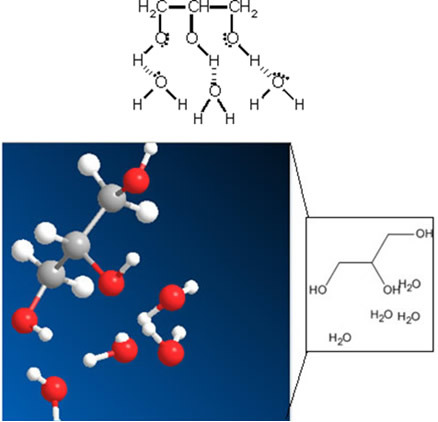The airbag is a device designed to protect drivers and passengers in the event of a collision. To have a perfect functioning, the system involves the following mechanisms:
- sensors located on the front of the vehicle;
- a device where there are chemical substances that react with each other when they receive an electrical impulse;
- a plastic bag that is stored inside the center point of the steering wheel. For the passenger, the bag is located on the dashboard just above the glove compartment.
But how does the plastic bag fill up suddenly in the event of a collision? And where do the 70 liters of air that inflate the bag before the collision come from? In fact, it is a gas that comes from a chemical decomposition reaction. See how it works:
The airbag is formed by a device that contains the chemical mixture of NaN3 (sodium azide), KNO3 and SiO2 which is responsible for releasing the gas. This device is attached to a balloon that is on the car's dashboard and when there is a collision (or deceleration), the sensors located on the car's bumper transmit an electrical impulse (spark) that causes the detonation of the reaction. A few hundredths of a second later, the airbag is fully inflated, saving lives, see the process equations:
1. NaN3 → 2 Na + 3N2
2. 10 Na + 2 KNO3 → K2O + 5 In2O+N2
3. K2O + In2O + SiO2 → alkali silicate
The reaction produces nitrogen gas and alkaline silicate.
Airbags complement the function of seat belts, acting together and simultaneously with the objective of retaining the movement of the forward occupants in heavy collisions, they provide additional protection reducing the risk of head and chest.
Do not stop now... There's more after the advertising ;)
By Líria Alves
Graduated in Chemistry
Would you like to reference this text in a school or academic work? Look:
SOUZA, Líria Alves de. "Airbag and decomposition reaction"; Brazil School. Available in: https://brasilescola.uol.com.br/quimica/air-bag-reacao-decomposicao.htm. Accessed on June 28, 2021.



